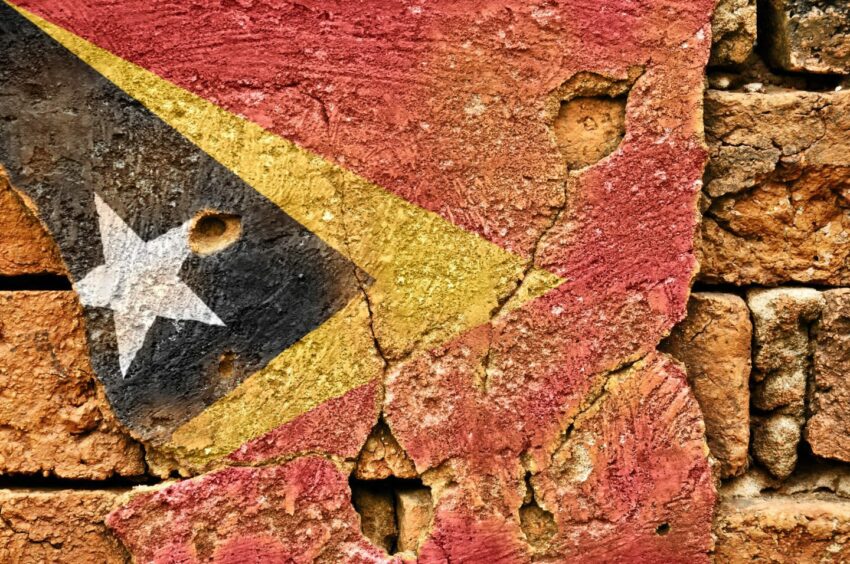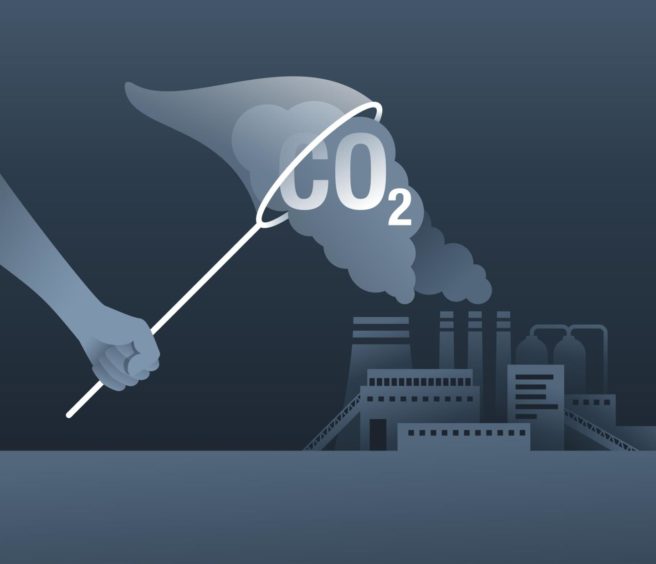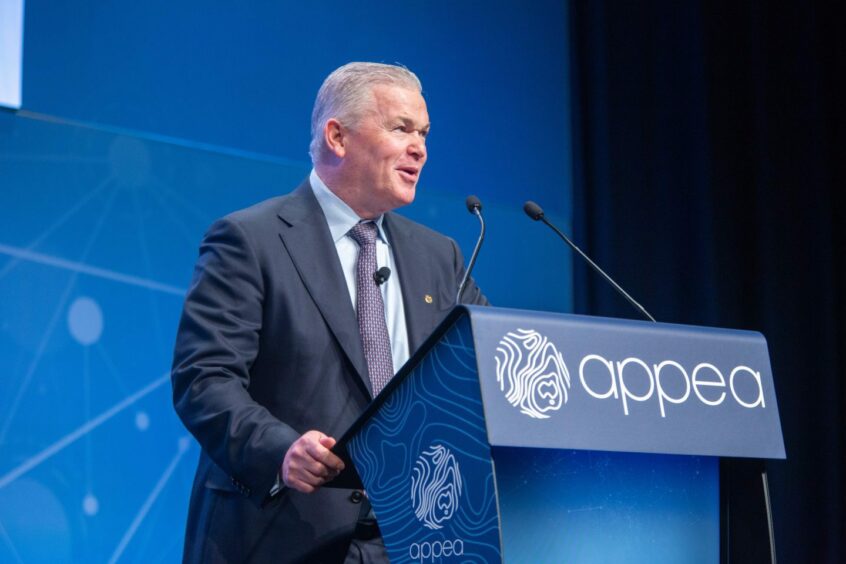
Developing carbon capture and storage (CCS) projects in Southeast Asia is considerably cheaper than developing similar projects in more developed economies, such as Australia.
Indeed, Australia’s second largest oil and gas producer, Santos (ASX:STO), looks set to take advantage of this by developing the almost depleted Bayu Undan field, offshore East Timor, into a CCS facility estimated to cost over $1.7 billion. In turn, East Timor hopes to host the first merchant CCS scheme of its kind in Asia Pacific. It could be one of the world’s largest, and potentially provide much-need revenue for the tiny Southeast Asian nation. The ultimate vision is a multi-user infrastructure hub for receiving and storing carbon dioxide from multiple sources and industries across the region.
Initially, the plan is to capture carbon dioxide (CO2) from Santos’ Barossa gas development in northern Australia and then pipe it to East Timor, where it will be injected underground into Bayu Undan’s geological formations for storage.
Santos is taking advantage of the comparatively lax licensing requirements and regulations governing carbon storage in East Timor, also known as Timor Leste, to develop the giant CCS hub.
Asia Storage Cheapest Globally
Carbon storage sites in Asia are expected to be among the cheapest globally, according to Rystad Energy, a consultancy. Drilling and well services are generally cheaper in Asia, but significantly, licensing requirements are not as troublesome or complicated in Asia compared to more economically developed countries, Yvonne Lam, head of carbon markets and CCUS research at Rystad, told Energy Voice. This helps cut costs.
In more developed regions, such as Europe and Australia, different licensing requirements exist for CO2 storage. They are more stringent and require operators to perform extra studies to ensure no carbon leakage will occur. Test wells are also needed before a project can start. Therefore, “there are a lot more studies, work, and time, needed to be spent before a company can apply and obtain licenses,” added Lam.
“Currently, except for Australia, most countries in Asia Pacific do not have these licensing requirements. Significantly, it reduces the time and effort needed to access fields for CO2 storage,” said Lam.
Santos proposes to use the Bayu Undan reservoir for capturing and storing CO2 from a new field it is developing as part of the $3.6 billion Barossa project, where the gas has a very high CO2 content. Indeed, the Institute for Energy Economics and Financial Analysis (IEEFA), has branded it as one of the world’s dirtiest gas projects.
Barossa gas is due to come online in 2025 and given global attention on the energy transition Santos must manage the emissions from Barossa and the Darwin liquefied natural gas (LNG) plant, where the gas will be processed for export. Otherwise financing from its Japanese and South Korean partners may be at risk. South Korea’s SK E&S, as well as Japan’s JERA, are both partners in Barossa.
East Timor Eyes First Mover Advantage
The government of East Timor seems happy to oblige Santos and its CCS plan. East Timor says it is eyeing first mover advantage in the emerging carbon storage market in Asia Pacific as the world races to decarbonise.
East Timor’s National Authority of Petroleum and Minerals (ANPM) has stated that the Southeast Asian nation’s involvement in the CCS project is a step towards accelerating its decarbonisation goals, even though the country is already a very low emission intensive nation.
Significantly, the government sees carbon trading or carbon credit markets as an integral part of their future economy. Developing Bayu Undan as a merchant CCS hub for storing third-party gas from across the region would help the country move closer to this aspiration.
Moreover, the government is expecting a good portion of revenue from the project, but no details have been revealed yet, Sohini Chatterjee, a CCUS and global upstream analyst at consultancy Rystad Energy, told Energy Voice.
Commercial discussions are ongoing between Santos and the Timorese government, Florentino Soares Ferreira, president of East Timor’s ANPM told Energy Voice. “We are looking forward to seeing an Asia Pacific scheme on carbon credits. Ultimately, we would like to generate a storage fee for the CO2, in addition to gaining carbon credits,” he said.
Chatterjee noted that the government will certainly get some revenues from Santos for the CCS project, although the amount would be less than its income from upstream oil and gas production. East Timor’s revenue from Bayu Undan oil and gas was more than $170 million per month during the first quarter of 2022, but those revenues will disappear once Santos shuts down production later this year to make way for the carbon storage development.
A senior research analyst at an investment bank that covers Santos, told Energy Voice, that “the problem is CCS does not really make money, so there will not be many dollars to share around.”
Still, developing CCS in East Timor makes sense for Santos, as it will be relatively cheaper and faster than doing something similar in Australia. Cutting investment costs will be important for Santos, especially, if, as the Institute for Energy Economics and Financial Analysis (IEEFA) reports, that from a financial perspective, CCS is a poor investment. “Until there is a carbon price, CCS is disincentivised and remains a poor investment…..our research shows there is no business case for gas CCS other than as a corporate social responsibility initiative,” noted IEEFA.
Typically, governments that allow cross-border storage projects in northwest Europe earn revenues from CO2 licenses. However, Santos, the current operator of the Bayu Undan field, already has licensing rights, as East Timor does not have any licensing system or regulations for carbon storage in place. This helps lower project costs, said Chatterjee.
Rystad Energy estimates capital expenditure for Bayu Undan CCS at more than $1.7 billion across capture, transport, and storage, for the entire cluster project with 10 million tonnes per year (t/y) capacity. The consultancy estimates breakeven costs for CO2 storage at roughly $60-70 per tonne, which covers processing, transport, and storage. Santos will be banking on Australian government funding support to help improve the economics.
Largest Regional CCS Project
The Bayu Undan CCS project is the largest cross-border project announced in Asia Pacific and is unique, said Rystad’s Chatterjee.
The first phase of the project plans to capture total emissions of 2.3 million t/y from the Barossa offshore gas processing unit (2 million t/y) and the Darwin LNG onshore gas processing plant (0.3 million t/y).
The expansion of the project involving more emission assets and operators is expected to cover the remaining 7.7 million t/y of capacity. However, there is no announcement yet around the other assets and operators that might form part of the expansion.
The Technology
Santos has not announced the type of technology that will be deployed at Bayu Undan. However, based on its other CCS projects under development in Australia, Santos is expected to use mature chemical absorption technology for capturing CO2, said Chatterjee.
Santos will also use depleted hydrocarbon fields for permanent storage of CO2 at Bayu Undan. And due to the field’s long production history, the company has experience with the Jurassic clastic reservoirs at Bayu Undan. “Therefore, Santos has the upper hand, with access to large seismic and other cross-sectional datasets, which could significantly bring down the levelised cost of storage for the project,” added Chatterjee.
The Economic Risks
Still, there are economic risks relating to pipeline construction, as well as modifications required for the existing pipeline to Bayu Undan, said Chatterjee. The pipelines will need to pass from shallow waters to deep and ultra-deep waters and again to shallow waters towards the storage site in East Timor. With a total estimated length of 800 kms, this could enhance the levelised cost of transporting CO2. Moreover, interim risk assessments are needed for deep water CO2 transportation routes, she added.
Racing Towards a Final Investment Decision?
There is no doubt that Santos needs to minimise climate changing emissions from the Barossa project by developing a CCS project as soon as possible. The company is officially targeting a final investment decision (FID) for CCS at Bayu Undan in 2023. However, the company is looking to accelerate the development. Industry sources told Energy Voice that Santos hopes to take FID later this year. Indeed, Santos needs this more urgently than East Timor just now. This could help give the East Timor government an advantage in negotiations.
Still, Chatterjee cautioned that the project is yet to receive Australian government funding or get registered under the Australian carbon credit units (ACCUs) scheme. “Both of which would provide a major boost for faster CCS deployment from a commercial point of view, similar to what we have seen recently with Santos’ other key project in Australia – Moomba CCS.”
There are also some interesting commercial issues that need to be resolved. Most notably, international transport and carbon crediting, as well as the transfer of long-term containment from private sector to state, said Daein Cha, chief executive for deepC Store, which is proposing to develop Asia Pacific’s first floating multi-user CCS hub offshore Australia.
Nevertheless, if the CCS project does move forward East Timor will surely be hoping that it will translate into employment and economic opportunities for its people.
Santos started front-end engineering and design work for Bayu Undan CCS in March, and it is likely to take three years to repurpose the field once FID is taken, said ANPM’s Ferreira.
The participants in the Barossa project are Santos (50% and operator), South Korea’s SK E&S (37.5%) and Japan’s JERA (12.5%).
Santos has a 43.4% operated interest in Bayu-Undan and Darwin LNG. The remaining interest is held by SK E&S (25%), INPEX (11.4%), ENI (11%), JERA (6.1%) and Tokyo Gas (3.1%).

 © Shutterstock / Dmitry Kovalchuk
© Shutterstock / Dmitry Kovalchuk © Supplied by APPEA
© Supplied by APPEA